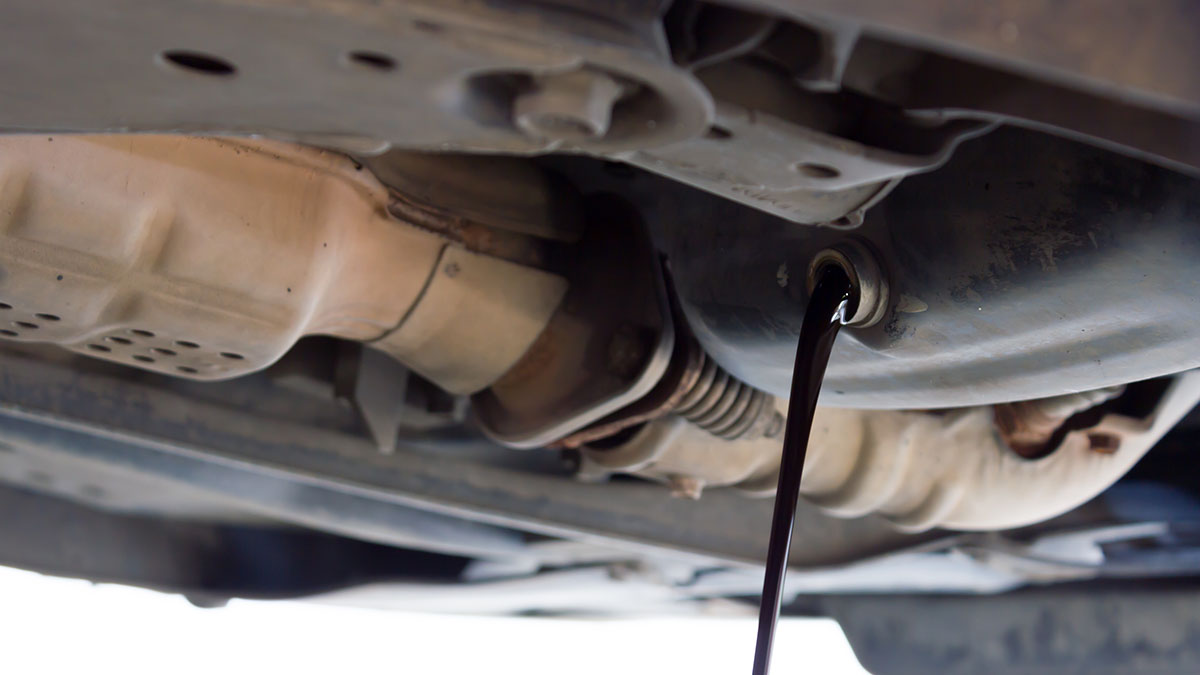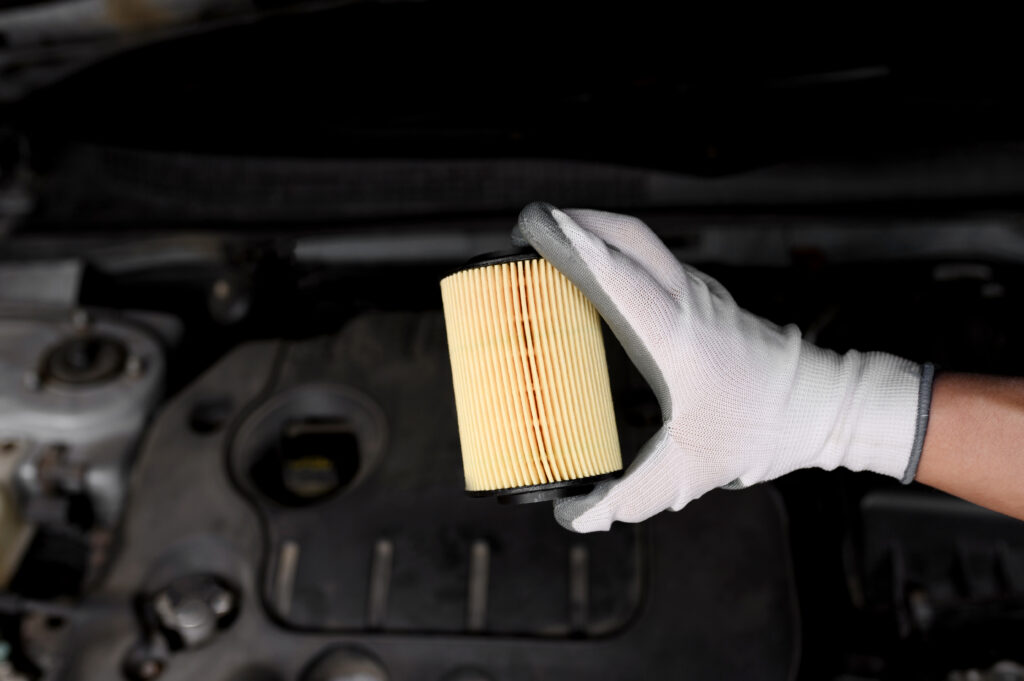Changing your own oil can be a straightforward process that helps you save time and money while teaching you the basics of car maintenance. Learn how to change your oil in just a few steps so you can keep your car running smoothly on a budget.

The Importance of Changing Your Oil
Changing your car’s oil helps your engine run smoothly, extends its lifespan, and improves your vehicle’s performance. In addition, learning how to change your motor oil empowers you to take control of your car’s maintenance, saving hundreds of dollars in service fees over the lifetime of your vehicle.
What You Need
To change your oil, you’ll need the following items:
• Motor oil
• Oil filter
• Oil drain plug wrench
• Oil filter wrench
• Drain pan
• Funnel
• Gloves and rags for cleanup
Choosing the right oil and filter can help maintain your engine’s health, so consult your car’s manual to see which specifications are needed.
Starting Your Oil Change
Before you start, consult your owner’s manual for any additional information about your vehicle’s oil. Afterward, follow these steps to complete your oil change:
1. Prepare Your Vehicle
1. Park on a flat surface. Change your oil on stable ground to prevent liquid from pooling on one side of your engine.
2. Warm up the engine. Run your car for a few minutes before starting to help the oil flow more easily.
2. Drain the Old Oil
1. Locate the drain plug. Under your car, find the oil pan and its drain plug.
2. Place the drain pan. Ensure your drain pan is large enough to catch the old oil and position it under your plug.
3. Remove the drain plug. Using your wrench, carefully unscrew the drain plug and let the oil completely drain out.

3. Replace the Oil Filter
1. Remove the old oil filter. Use your oil filter wrench to unscrew the old filter while being cautious of old oil.
2. Prepare the new filter. Lightly oil the gasket of the new filter for a better seal.
3. Install the new filter. Screw in the new filter by hand and make sure it’s secure but not overly tight.

4. Add New Oil
1. Replace the drain plug. Once all the old oil has drained, replace the drain plug and tighten it.
2. Add new oil. Using your funnel, pour the new oil into the engine through the oil filler hole. Check your manual for the correct amount.
3. Check the oil level. After filling, use the dipstick to ensure your oil is at the correct level and add more if necessary.

5. Finish Up
1. Start your car. Let your vehicle run for a few minutes after your oil change to let the new oil circulate.
2. Check for leaks. Check under your car for any signs of leaks. If everything looks good, you’ve successfully changed your oil!
Learning how to change your own oil is a valuable skill that can help you save money and understand your vehicle better. By following these steps, you’ll help your engine stay lubricated and running efficiently. Remember, regular maintenance, including oil changes, is key to prolonging the life of your car.
In addition to regular oil changes, car insurance is another aspect of responsible car ownership. If you’re looking for an affordable policy, get a car insurance quote in under two minutes from The General.








